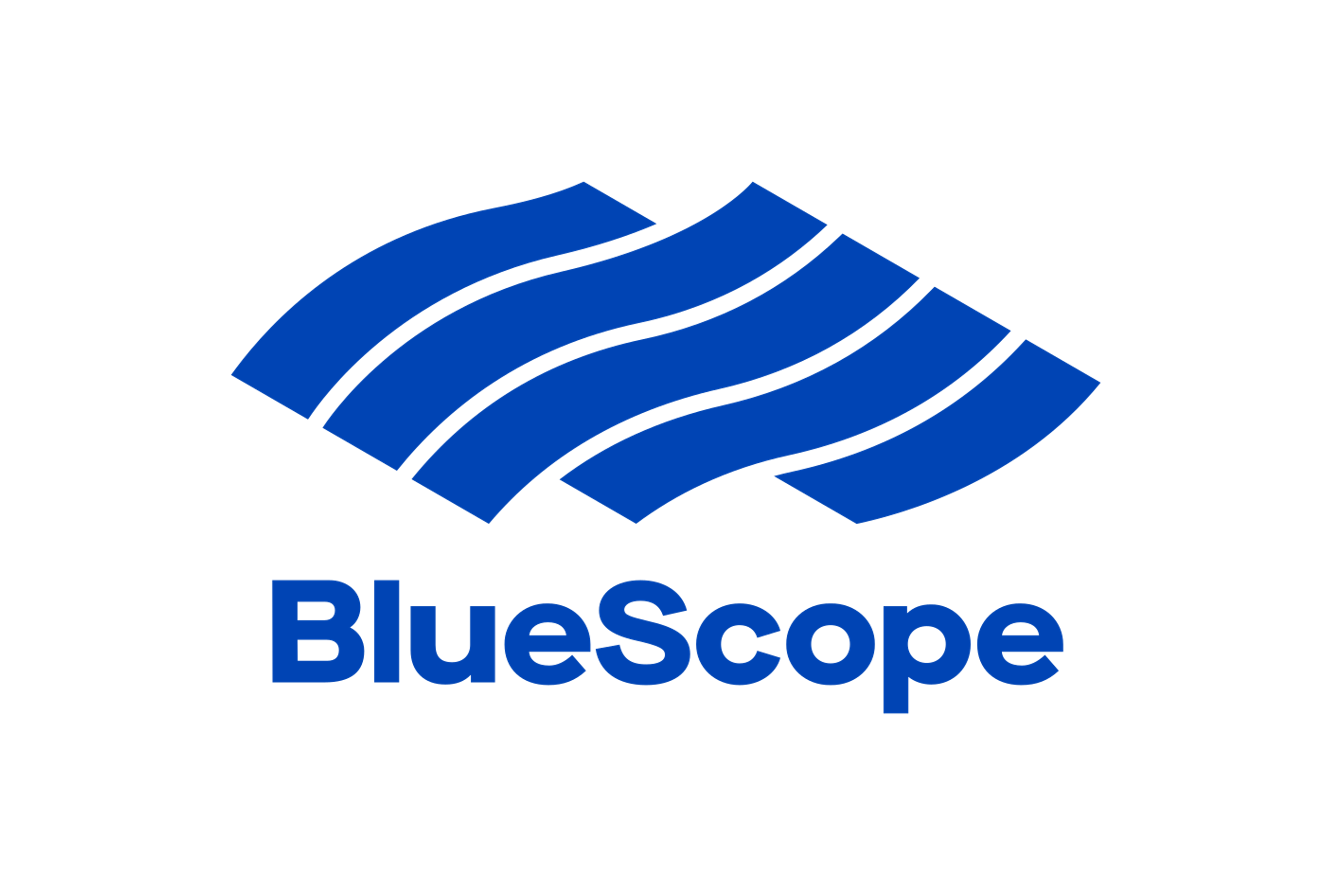Analysis

February 13, 2017
Construction Firms Getting Squeezed by Costs
Written by Sandy Williams
The Associated General Contractors of America caution that rising construction costs, coupled with restrictions on imported construction materials, may drive up prices for infrastructure and residential and nonresidential buildings. A long-term infrastructure funding mechanism will provide more benefit than Buy America policies, says the Association. A press release from AGC follows.
Construction Officials Caution That Cost of Infrastructure, Other Construction Projects Will Increase if New “Buy America” Provisions, Punitive Tariffs or Limitations on Canadian Lumber Are Put in Place
AGC, Feb. 14, 2017 – The cost of materials used in construction rose markedly faster than the price of completed buildings, according to a new analysis of federal producer price data released today by the Associated General Contractors of America. Association officials cautioned that potential restrictions on the use of imported construction materials threaten to drive up the price of infrastructure, buildings and new homes and apartments.
“Steep price hikes have hit a wide range of key materials used in construction in the past few months, and contractors have received numerous letters from vendors announcing large additional increases in the next month or two,” said Ken Simonson, the association’s chief economist. “For the most part, contractors cannot pass these costs along on projects already underway, and the data show they are not yet able to price new buildings at a level that reflects their rising materials and labor costs.”
From January 2016 to January 2017, there was a 3.8 percent rise in the producer price index for goods used in construction—the government’s broadest measure of the cost of goods and consumable materials like fuel that go into all types of construction, ranging from highways and other infrastructure to schools, private buildings, apartments and houses. Another government report showed that averagely hourly earnings for all workers in construction climbed 3.2 percent over the same period, Simonson noted. Meanwhile, the price index for new nonresidential buildings – what contractors charge for their work – increased just 1.4 percent.
Among the major contributors to the rise in construction materials costs over the past year were increases in the cost of copper and brass mill shapes (19.9 percent), steel mill products (11.4 percent) and lumber and plywood (3.7 percent). In addition, diesel fuel, which contractors use directly and also pay for through surcharges on the thousands of deliveries to construction sites, jumped by 34.8 percent.
Association officials cited three types of proposals that threaten to drive construction costs even higher: an expansion of restrictive “Buy America” provisions for construction materials to a wider variety of federally funded infrastructure projects; punitive tariffs on imported steel used in many types of buildings; and limitations on Canadian lumber that is commonly used in residential projects.
“If the President and Congress are serious about rebuilding the nation’s aging infrastructure, the last thing they should do is put in place measures that will needlessly increase the cost of building these projects,” said Stephen E. Sandherr, the association’s chief executive officer. “The best way to rebuild the domestic market for manufacturing key construction materials is to put in place long-term infrastructure funding mechanisms that will reassure manufacturers that there will be steady demand for their products.”







